You may understand the byte code verification using this diagram which is in detail explained in Oracle docs

You will find that the byte code verification happens only once not twice
The illustration shows the flow of data and control from Java language
source code through the Java compiler, to the class loader and
bytecode verifier and hence on to the Java virtual machine, which
contains the interpreter and runtime system. The important issue is
that the Java class loader and the bytecode verifier make no
assumptions about the primary source of the bytecode stream--the code
may have come from the local system, or it may have travelled halfway
around the planet. The bytecode verifier acts as a sort of gatekeeper:
it ensures that code passed to the Java interpreter is in a fit state
to be executed and can run without fear of breaking the Java
interpreter. Imported code is not allowed to execute by any means
until after it has passed the verifier's tests. Once the verifier is
done, a number of important properties are known:
- There are no operand stack overflows or underflows
- The types of the parameters of all bytecode instructions are known to always be correct
- Object field accesses are known to be legal--private, public, or protected
While all this checking appears excruciatingly detailed, by the time
the bytecode verifier has done its work, the Java interpreter can
proceed, knowing that the code will run securely. Knowing these
properties makes the Java interpreter much faster, because it doesn't
have to check anything. There are no operand type checks and no stack
overflow checks. The interpreter can thus function at full speed
without compromising reliability.
EDIT:-
From Oracle Docs Section 5.3.2:
When the loadClass method of the class loader L is invoked with the
name N of a class or interface C to be loaded, L must perform one of
the following two operations in order to load C:
- The class loader L can create an array of bytes representing C as the bytes of a ClassFile structure (§4.1); it then must invoke the
method defineClass of class ClassLoader. Invoking defineClass
causes the Java Virtual Machine to derive a class or interface
denoted by N using L from the array of bytes using the algorithm
found in §5.3.5.
- The class loader L can delegate the loading of C to some other class loader L'. This is accomplished by passing the argument N
directly or indirectly to an invocation of a method on L'
(typically the loadClass method). The result of the invocation is
C.
As correctly commented by Holger, trying to explain it more with the help of an example:
static int factorial(int n)
{
int res;
for (res = 1; n > 0; n--) res = res * n;
return res;
}
The corresponding byte code would be
method static int factorial(int), 2 registers, 2 stack slots
0: iconst_1 // push the integer constant 1
1: istore_1 // store it in register 1 (the res variable)
2: iload_0 // push register 0 (the n parameter)
3: ifle 14 // if negative or null, go to PC 14
6: iload_1 // push register 1 (res)
7: iload_0 // push register 0 (n)
8: imul // multiply the two integers at top of stack
9: istore_1 // pop result and store it in register 1
10: iinc 0, -1 // decrement register 0 (n) by 1
11: goto 2 // go to PC 2
14: iload_1 // load register 1 (res)
15: ireturn // return its value to caller
Note that most of the instructions in JVM are typed.
Now you should note that proper operation of the JVM is not guaranteed unless the code meets at least the following conditions:
- Type correctness: the arguments of an instruction are always of the
types expected by the instruction.
- No stack overflow or underflow: an instruction never pops an argument
off an empty stack, nor pushes a result on a full stack (whose size is
equal to the maximal stack size declared for the method).
- Code containment: the program counter must always point within the
code for the method, to the beginning of a valid instruction encoding
(no falling off the end of the method code; no branches into the
middle of an instruction encoding).
- Register initialization: a load from a register must always follow at
least one store in this register; in other terms, registers that do
not correspond to method parameters are not initialized on method
entrance, and it is an error to load from an uninitialized register.
- Object initialization: when an instance of a class C is created, one
of the initialization methods for class C (corresponding to the
constructors for this class) must be invoked before the class
instance can be used.
The purpose of byte code verification is to check these condition once and for all, by static analysis of the byte code at load time. Byte code that passes verfification can then be executed faster.
Also to note that byte code verification purpose is to shift the verfification listed above from run time to load time.
The above explanation has been taken from Java bytecode verification: algorithms and formalizations


